The debate over peeing in the shower continues, with many advocating for the practice due to its water-saving benefits. However, Dr. Alicia Jeffrey-Thomas, a pelvic health specialist, warns that for those assigned female at birth, this habit could have unintended health consequences.
The Water Conservation Argument
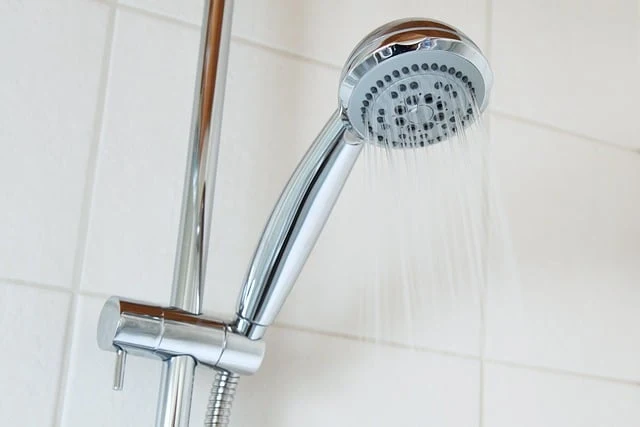
One of the strongest arguments for urinating in the shower is its potential to save water. By eliminating the need for a separate toilet flush, a person could save approximately 2,190 liters (579 gallons) of water per year. If the entire U.S. population adopted this practice, it could lead to an annual water savings of 699 billion liters (185 billion gallons). This significant reduction in water consumption highlights the environmental advantages of shower urination.
Potential Health Risks: The Pelvic Floor Connection
Despite the environmental benefits, the potential health consequences of this habit must be considered. Dr. Jeffrey-Thomas explains in a TikTok video that regularly peeing in the shower may lead to pelvic floor and bladder control issues.
The Pavlovian Response
Dr. Jeffrey-Thomas likens this habit to Pavlov’s classical conditioning experiment, where dogs learned to associate the sound of a bell with food. Similarly, repeatedly urinating in the shower can train the brain to link the sound of running water with the urge to pee. This association may result in involuntary urination triggered by running water sounds, such as a faucet, toilet flush, or even rain.
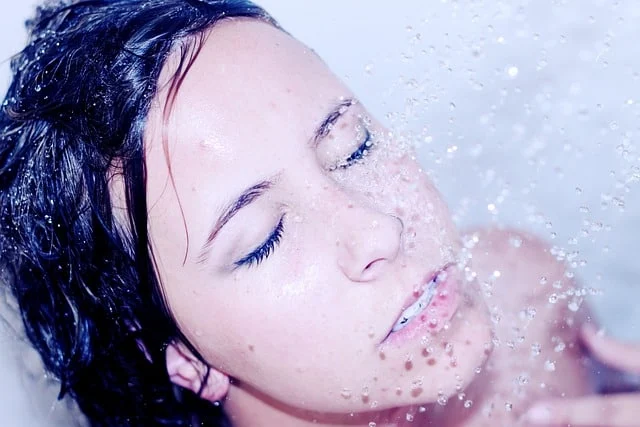
Pelvic Floor Dysfunction Risks
For individuals with existing pelvic floor dysfunction, this learned association can exacerbate bladder control problems. Dr. Jeffrey-Thomas explains that urinating while standing in the shower does not allow the pelvic floor muscles to fully relax, potentially leading to incomplete bladder emptying. Over time, this can contribute to urinary retention and increase the risk of urinary tract infections (UTIs).
Some argue that squatting while urinating in the shower might alleviate pelvic floor strain. Dr. Jeffrey-Thomas acknowledges that a full squat position allows for better pelvic floor relaxation, but she still advises against making shower urination a habit. If one must urinate in the shower, a proper squatting position is preferable to standing.
Why Doesn’t Toilet Flushing Trigger the Same Response?
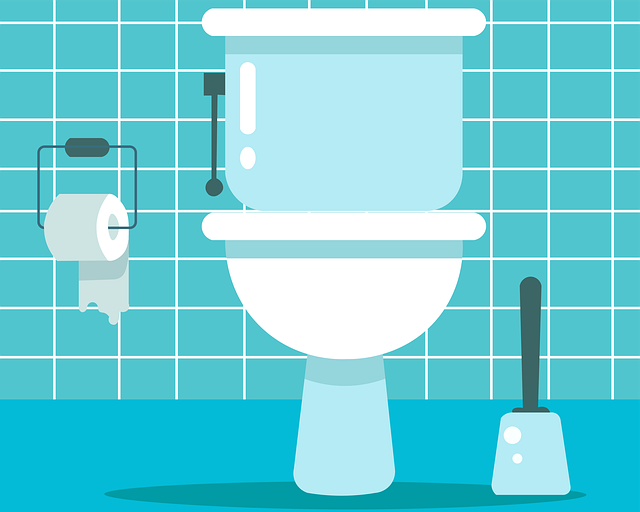
A common question is why flushing the toilet doesn’t condition the brain in the same way. Dr. Jeffrey-Thomas clarifies that by the time a person flushes the toilet, they have already urinated, so no association is formed. However, individuals who struggle to resist the urge to urinate when exposed to running water may already have underlying bladder control issues.
Understanding Pelvic Floor Dysfunction
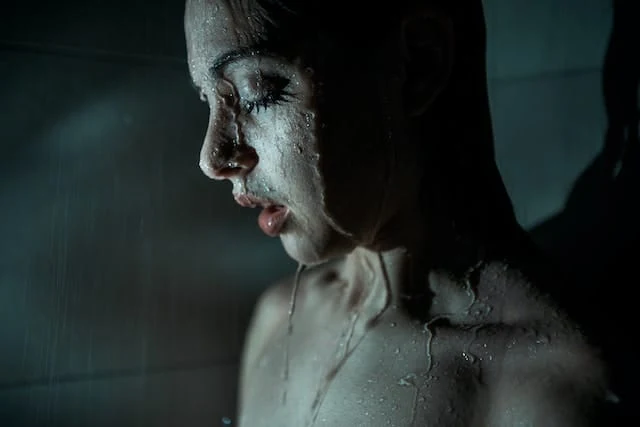
Pelvic floor dysfunction is a common condition, particularly among women. The pelvic floor is a group of muscles that support the bladder, uterus, rectum, and other organs. Dysfunction occurs when these muscles become too weak or too tight, leading to symptoms such as:
- Urinary and bowel incontinence
- Lower back pain
- Pain during intercourse
- Increased urgency or frequency of urination
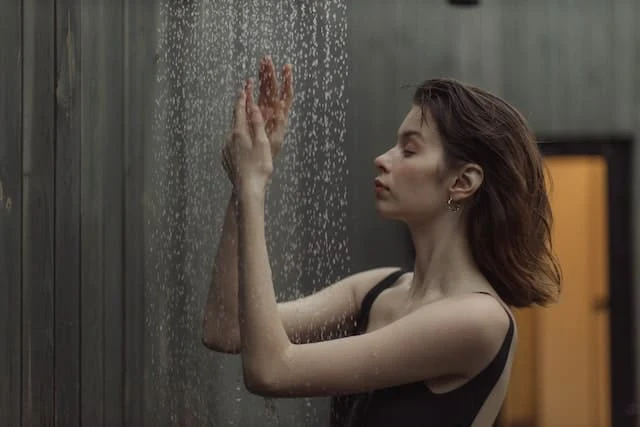
Factors such as childbirth, surgery, aging, obesity, and high-impact activities can contribute to pelvic floor dysfunction. Given that urinating in the shower might worsen symptoms, individuals should be aware of these risks before adopting the habit.
The Biological Factor: Why Female Anatomy Matters
Dr. Jeffrey-Thomas emphasizes that those with female anatomy are not designed to urinate while standing. Unlike male anatomy, where the positioning allows for better bladder emptying while standing, females may struggle to fully relax the pelvic floor in this position. This can lead to incomplete bladder emptying, increasing the risk of UTIs and other urinary complications.
Pros and Cons of Peeing in the Shower
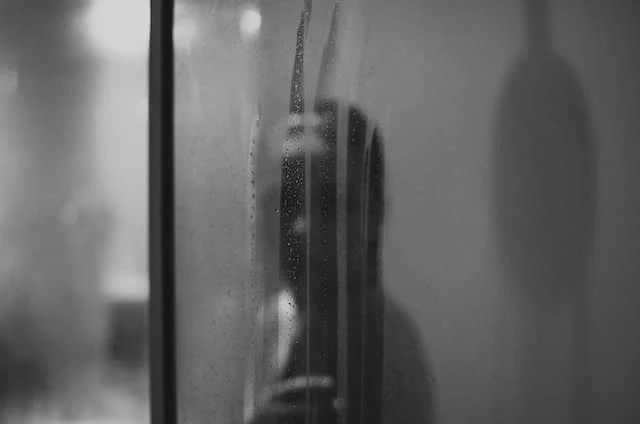
Pros:
- Water conservation: Reduces toilet water usage significantly.
- Convenience: Saves time, particularly during a rushed morning routine.
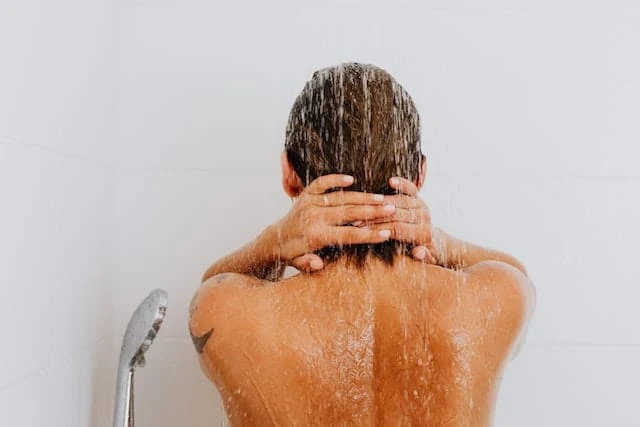
Cons:
- Pelvic floor health risks: May contribute to bladder control issues and pelvic dysfunction.
- Conditioned response: Can create an involuntary urge to urinate when exposed to running water.
- Sanitation concerns: While urine is mostly sterile, it can still contain bacteria that may pose hygiene risks.
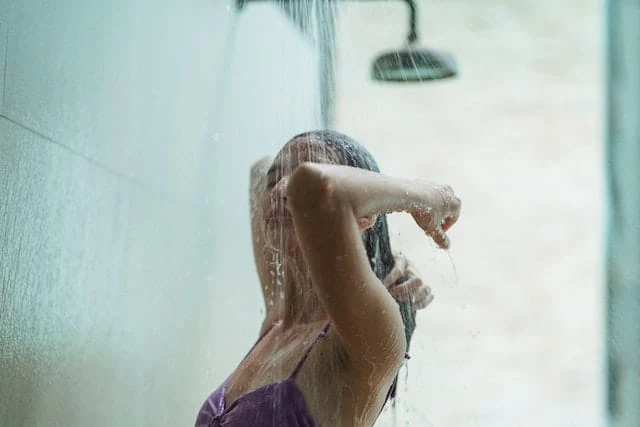
The Bottom Line
While peeing in the shower may seem like an eco-friendly and convenient habit, it is important to weigh the potential health risks. Dr. Alicia Jeffrey-Thomas’s insights serve as a reminder to consider the long-term effects of our daily routines. Striving for sustainability should not come at the cost of personal health. Ultimately, making an informed decision based on both environmental and health factors is key to maintaining overall well-being.
The Star’s Look In Bra With “No Belly Button”: 54-year-old Jennifer Aniston Puzzled Fans!

The classic beauty and fitness fanatic Jennifer Aniston recently flaunted her amazing body in an eye-catching fashion shoot. Fans responded to the photos in a variety of ways, including praise and condemnation.

Aniston, who is well-known for her dedication to health and fitness, has been a fitness star since the early 2000s and frequently contributes fitness advice to periodicals.
The actress showed off her toned figure and abs in a bra and underwear set during a recent fashion session, when she boldly wore an oversized blazer.

Like any other social media craze, a flurry of comments were sparked by the photographs. Aniston’s commitment to leading a fit and healthy lifestyle was praised by several fans, who called her “incredibly beautiful” and “breathtaking.”


Conversely, detractors conjectured about possible cosmetic procedures, asserting that her appearance was unrecognizable.
Aniston’s admirers undoubtedly recognized the work she puts into appearing perfect, which is evidence of her dedication to taking care of herself.
The actress, who is currently in her 50s, is still outspoken about how she incorporates functional exercises into her fitness regimen to achieve results without putting undue strain on her body.
Aniston prioritizes self-care through well-intentioned rituals in addition to her physical exercise regimen.


She avoids using her phone at all in the morning, preferring to have her coffee and take her dogs on a peaceful stroll instead. Beyond the physical realm, Aniston’s holistic approach to health embraces an anti-aging philosophy that sees aging as a privilege.

Aniston recently revealed the key to keeping gorgeous hair, skin, and body: a mix of healthy products and a resolute dedication to both physical and mental well-being.

The actress exhorts people to disregard naysayers, stressing that growing older is a natural part of life and should be accepted.

In summary, Jennifer Aniston’s most recent fashion photo not only brought attention to her timeless beauty but also ignited a larger dialogue about health, self-love, and gracefully accepting age.


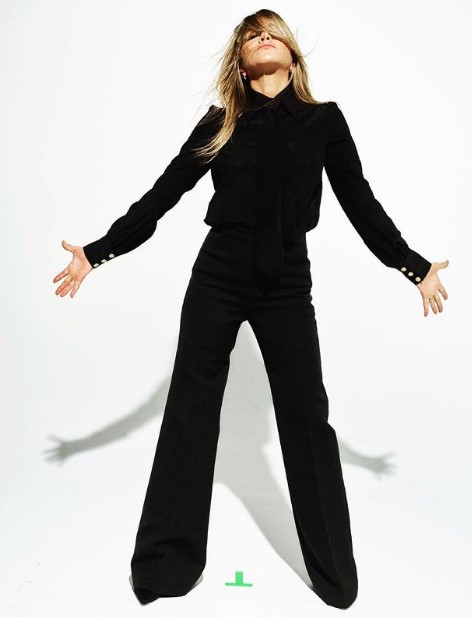





Leave a Reply